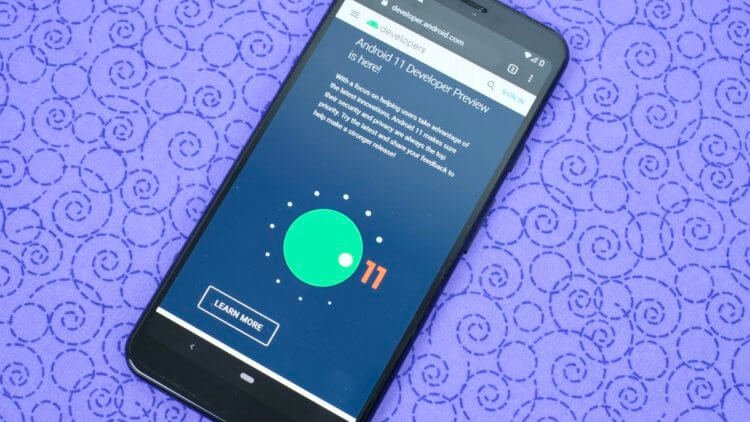Updates Android are almost the same as caviar. Everyone has heard of them, perhaps even once tried, but those who can afford to receive them on an ongoing basis are negligible. Therefore, most of those who come to read about updates do so solely out of idle interest, quite clearly realizing that even a small security patch is not shining for them, not to mention the major updates that Google releases once a year. But the manufacturers are to blame for this, they are so careless about supporting their smartphones, and Google itself is doing its best to make the update process easier and more convenient.

Android 11 will make compatible smartphones better. So Google decided
With the release of Android 11, Google plans to make a seamless update mandatory. Despite the fact that many manufacturers have been using this method of installing updates for a long time, some still ignore it. One of the biggest names in the industry that is struggling to move to a seamless upgrade is Samsung. Even in 2020, the smartphones of the Korean brand are being updated as they did 10 years ago, forcing the user to wait for 10-15 minutes, in fact, taking the device out of standing for this time.

Seamless updates make things much easier, sorry, not everyone understands this
The essence of the seamless update technique is to install updates to the device in the background, while allowing the user to interact with it until the reboot. This was made possible in Android Nougat, when Google adopted a two system partition structure. As a result, the update takes place in one section, and the second allows you to use your smartphone without any restrictions. After that, all that remains is to reboot the device and the job is done, it's a pity, until now it was not obligatory.
However, the advantage of this update method is not only the ability to use the device while the changes are being applied, but also cancel the process if necessary. Despite the fact that this happens infrequently, from time to time some users are faced with the incorrect installation of update files, because of which the smartphone runs the risk of turning into a brick. And when using a two-system technique, the user still has the opportunity to roll back the process and return to a stable assembly without having to contact the service center.
How Google blocks its services

Google may block GMS on smartphones if their manufacturers do not enable seamless updates
With the release of Android 11, two-system will become mandatory. Google will remotely test all smartphones with Google Mobile Services to determine if they support the seamless update methodology or not. If the manufacturer ignores the requirement, Google will simply turn off its services on its smartphones, and then, when the deficiencies are eliminated, will turn them on again. This is possible thanks to the Google Play Protect antivirus, which is used to block Google Mobile Services on the company's devices Huawei.
While Google's desire to make it easier to update smartphones running Android is commendable, I think it would be much better if it kept its long-standing promise to make monthly security updates vendor-independent. Last year, at presentation Android 10, Google promised to start distributing patches through Google Play. True, as is often the case, the matter was limited to only one promise, since almost a year has passed since that moment, and the load, as they say, is still there.
